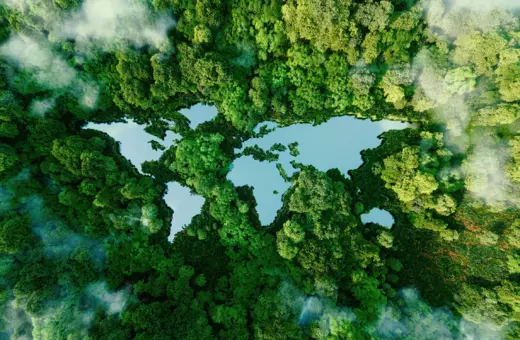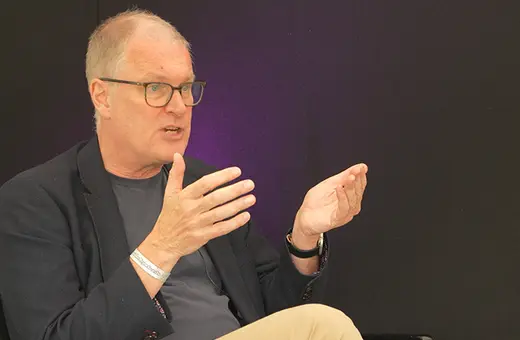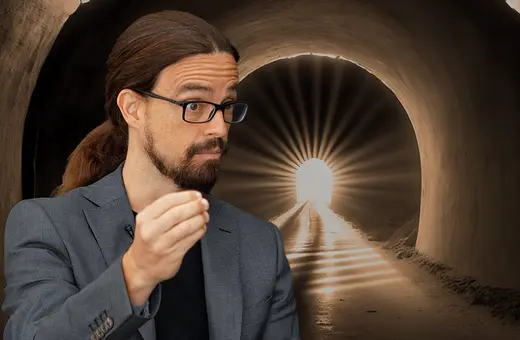Rewilding is an increasingly important part of environmental policy today, as a tool to mitigate climate change and increase biodiversity. However, Eric Katz argues that the policy is built on a paradox. While attempting to create “wilderness” free from human intervention, rewilding inevitably subjects nature to human domination, of both its physical processes and its meaning.
Over the past few decades, the practice of rewilding has gained widespread popularity in the environmental movement. There are now countless rewilding projects, both small and large-scale, across the globe; and the UN recently called for the world to rewild and restore around 1 billion hectares of land to increase the biodiversity of natural systems and to further policies that mitigate climate change.
What could be wrong with an environmental policy that attempts to heal the natural world? As a philosopher who focuses on environmental issues, I find that rewilding encounters a problem in meaning. Rewilding is based on a fundamental paradox, indeed, a double paradox.
There are many different varieties of rewilding, but the basic model often involves the reintroduction of a keystone species, like beavers or wolves, into an ecosystem to create a self-sustaining, autonomous natural system. Autonomy is the crucial idea here. After the re-introduction of whatever plants or animals are necessary for the functioning of the ecosystem, humans permit the system to develop on its own without management and intervention. Rewilding is an environmental policy that seeks to expand the autonomy of nonhumans in the natural system. It wants to create a robust wild ecosystem—hence the label “rewilding.” For its advocates, this means a natural environment that exists largely independently of humans and human activity within the ecosystem.
Where is the double paradox? First, rewilding projects endeavour to create spaces in which nature can develop freely without human interference, but inevitably pursue this ideal through human interference in nature. Second, the very idea of rewilding, creating a “wilderness”, is ultimately a human construct, only intelligible through human concepts. Thus, far from creating a space for the autonomous development of nature, rewilding involves humans physically and epistemologically engaged with the management of nature. Try as we might, we are human beings, with human bodies and minds. We inevitably impose ourselves on nature, moulding its physical processes and determining its meaning. As the great American philosopher William James wrote in his second lecture on Pragmatism, “the trail of the human serpent is thus over everything”.
___
As human beings we engage physically with the world on human terms, transforming it to meet human goals and purposes.
___





















Join the conversation